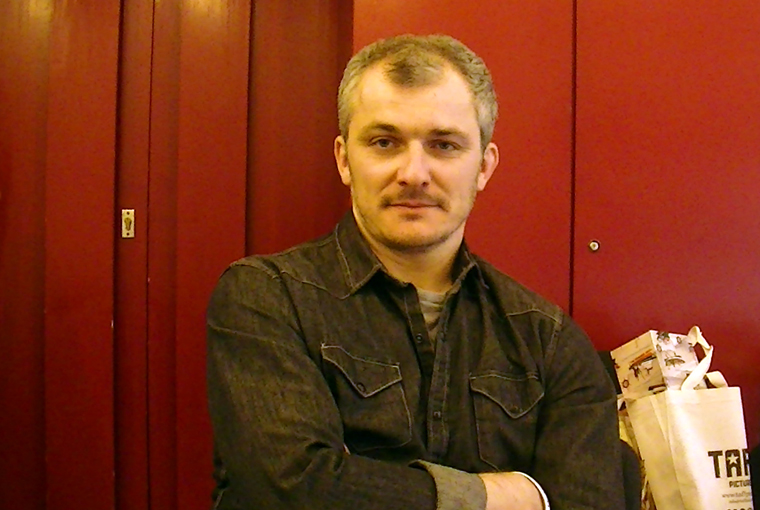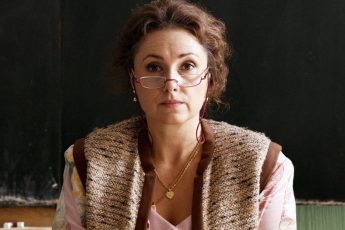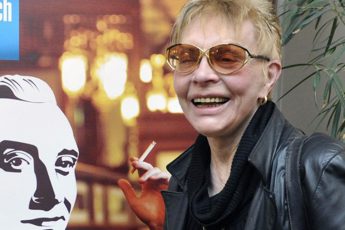
We met Karel Och, who has been the artistic director of the Karlovy Vary IFF (4-12 July) since 2010. He speaks about the East and West competition and about the state of Eastern European cinema.
Could you describe your role as artistic director of KVIFF?
The Karlovy Vary International Film Festival is a private company and it’s divided into a few wings. There are the finances and management, the VIP guest department and then the programming department, for which I am responsible. The comfort of my position is that I don’t have to take care of the finances of the festival. I mention this because I know some of our colleagues from bigger festivals are forced to do both, which reduces the time you can spend with movies. I have a team of programmers and our task is to prepare the festival.
How long has the East of the West section existed in the program?
I believe since the mid-90’s. Naturally after the rebirth of the festival in the early 90’s the festival started to think about its particularity, about what makes it distinctive. Given the geopolitical position and its position as a gate between West and East, it makes sense to focus on Central and Eastern Europe and ex-Soviet countries. Back then, the definition was more political, they were Post-Soviet countries. Nowadays we prefer more geographically-defined positions, saying East, or South-East or Prague because there are no clear and polarized differences between neighboring countries. It makes more sense to follow the map. That’s why this year we included Greece and Turkey in the competition for the first time.
What do you think of the selection of East of the West this year?
I’m excited. Generally speaking it is a good year for these parts of the world. It’s a good year for the Czech Republic too. If you’re putting together such a specific selection it’s hard to keep a very high standard, especially because the section is focused on first and second films and emerging directors. The idea is to find a movie which really reflects the talent of the person and promises good things for the future. We don’t expect them to deliver everything in a first or second film, but we really want to see something distinctive and promising. This means that there can be varying opinions on these films, and not everybody can see the potential that we can. There are some stand-outs, obviously, and some are even better than that. There are some which correspond 100 percent to what we hope from this section.
What is the current situation with East European films?
We have a wide offer of films from Central and Eastern Europe, and sometimes we accept them and then they go to other and bigger festival, so it’s not that there is no offer – there are plenty of films and some of them want to come to Karlovy Vary. Some territories are stronger than others. Poland was very richly represented in the past three years. Serbia is also doing really well, we usually have at least two films from Serbia. Ukraine, obviously. We can also talk about smaller productions which only have one or two films per year. When they are outstanding and travel a lot, they can do all the work for one country in a year. When they have a film like The Tribe (directed by Myroslav Slaboshpytskiy), which was a smashing hit at Cannes, the country of origin, Ukraine, doesn’t need any other films in that year. Obviously it was picked up for American distribution: it will go to every single festival so of course it will do a lot of promotion for the country’s industry.
Do you have a favorite film in the competition?
Yes, it’s probably Corn Island. I wouldn’t say favorite film because it would be a little unfair towards the others, but I’d certainly say it’s the most striking because it’s a film almost without dialogues. The vision of the director and the work of the DoP and editor make it a really unforgettable experience. It makes you regain the faith in film as a visual medium.
Thank you for the interview.




Leave a Comment